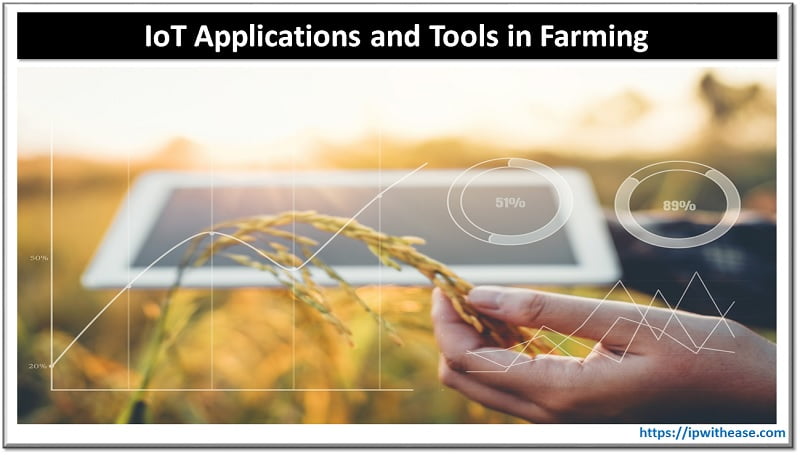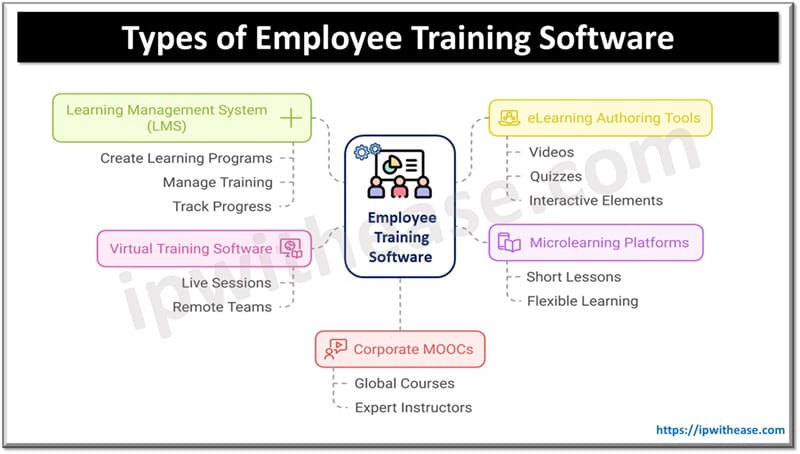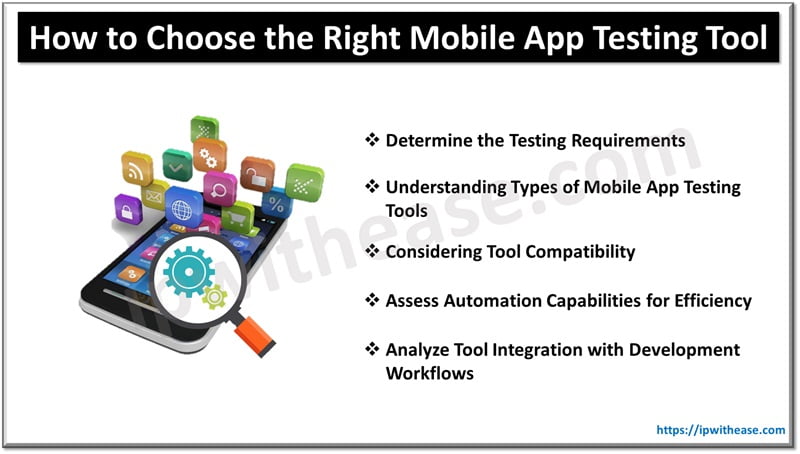Table of Contents
IoT in farming means using smart devices, sensors, and wireless tech to monitor and control farming activities all connected and accessible in real time.
Think of it like giving farms a digital brain and eyes so they can think, monitor, and respond more efficiently.
Introduction to IoT Applications
Devices powered by IoT (Internet of Things) infiltrate almost every aspect of human life, farming included. Automation and connected devices found use in modern agriculture through significantly improving different farming practices, making the life of farmers much easier.
By using smart gadgets IoT technology offers, agronomists can efficiently manage their farms by making reliable, data-driven decisions. Almost each year there are new IoT-connected devices that come into play. Depending on the farmer’s needs, these gadgets can inform on soil and crop health, humidity level, water stress, and many other important metrics.

We have gathered the most useful and interesting IoT applications and tools for the agricultural industry.
Application of IoT in Farming
Here are the possible applications of IoT-powered technologies to various agricultural practices.
Precision Farming
- Uses sensors and GPS to monitor crop fields.
- Helps farmers apply water, fertilizers, and pesticides precisely where needed.
Smart Irrigation
- Soil moisture sensors and weather data control irrigation systems automatically.
- Saves water and ensures crops get just the right amount of hydration.
Livestock Monitoring
- Wearables track health, activity, and location of animals.
- Alerts farmers to illness or unusual behavior.
Greenhouse Automation
- Sensors control temperature, humidity, and light.
- Ensures optimal growing conditions without manual intervention.
Drones & Aerial Imaging
- Drones collect data on crop health, soil conditions, and pest infestation.
- Faster and more accurate than traditional field scouting.
Supply Chain & Logistics Monitoring
- IoT trackers monitor storage conditions and location of produce.
- Helps reduce spoilage and optimize delivery.
Common IoT Devices Used
- Soil moisture sensors
- Weather stations
- Smart irrigation controllers
- Livestock GPS trackers
- Drones
- Remote cameras
Benefits of IoT in Agriculture
- Increased Productivity: Real-time monitoring helps farmers make better decisions. Precision farming ensures crops get what they need to grow best.
- Efficient Use of Resources: Smart irrigation systems save water by watering only when and where needed. Optimized use of fertilizers and pesticides reduces waste and cost.
- Real-Time Monitoring & Quick Decisions: Farmers can check field conditions anytime from their phones or computers. Early warnings for pests, diseases, or weather changes allow fast action.
- Improved Livestock Management: Sensors track animal health, location, and behavior. Early detection of illness reduces vet costs and improves animal welfare.
- Cost Reduction: Automation reduces labor costs and human error. Smart equipment uses fuel and inputs more efficiently.
- Better Crop Quality: Controlled environments (like smart greenhouses) improve crop consistency and quality. Data-driven farming ensures optimal growing conditions.
- Improved Supply Chain & Storage: IoT trackers monitor temperature and humidity during transport and storage. Helps reduce post-harvest losses and ensures food safety.
- Data-Driven Decisions: Farmers can analyze historical data to plan better for future seasons. AI + IoT can predict yields, prices, and potential risks.
- Sustainable Farming: Reduced use of chemicals and water helps protect the environment. Supports eco-friendly and climate-smart agriculture.
Final Words
IoT technologies have already become an inseparable part of modern farming. Each year more and more farmers start implementing IoT technologies on their farms. And this trend shows no signs of stopping.
IoT in agriculture is expected to grow rapidly with the rise of AI, 5G, and cloud computing; making farms more autonomous and data-driven.
Apart from having a significant impact on the daily workflow on a farm, IoT applications and tools enable conduction of own research depending on the farm’s needs. In the long run, this means better understanding of farming practices, leading to the agricultural industry meeting society’s expectations overall.
Continue Reading
Indoor Positioning and Navigation
ABOUT THE AUTHOR
IPwithease is aimed at sharing knowledge across varied domains like Network, Security, Virtualization, Software, Wireless, etc.



